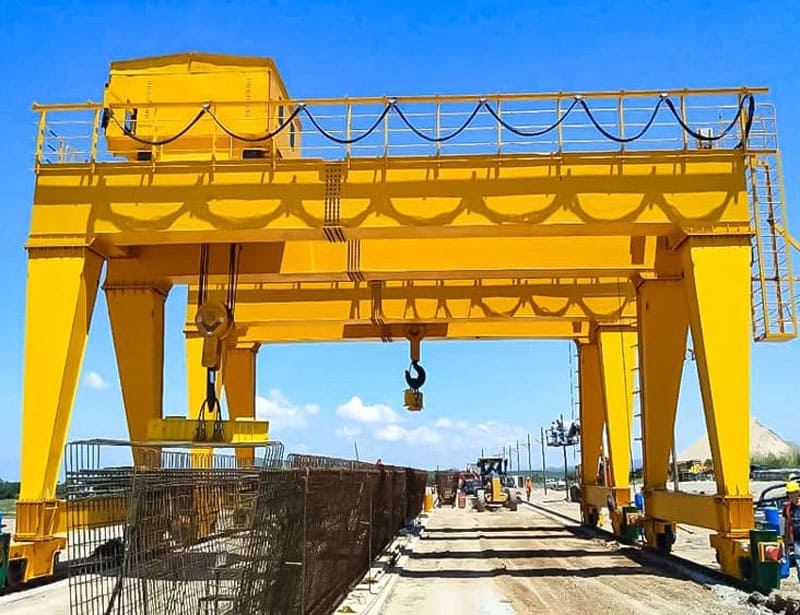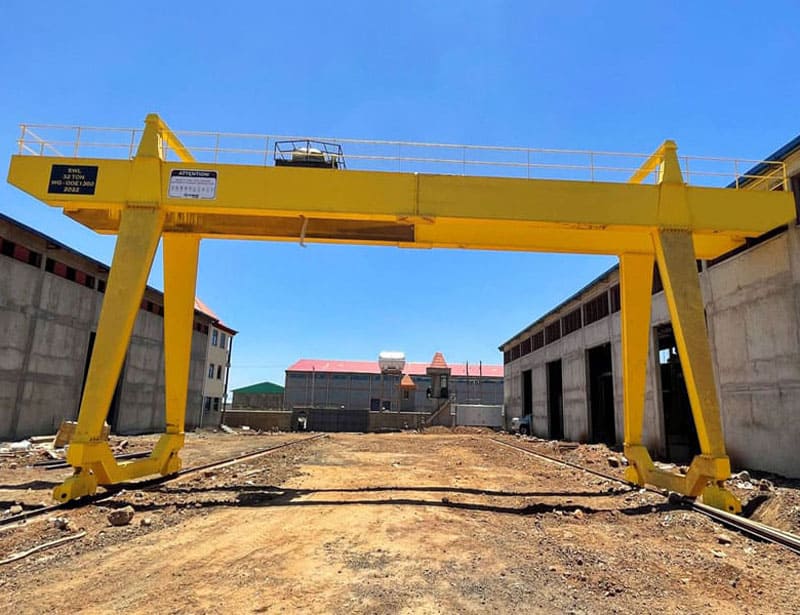Box girder cranes have become an essential component in modern steel-building construction. They are designed to lift and move large heavy loads around the construction site, providing a reliable and efficient solution to material handling.
One of the biggest advantages of box girder cranes is their ability to move loads in a controlled and precise manner. This is particularly useful when working on large infrastructure projects where safety is paramount. The crane operators can easily control the crane's movements, making sure the loads are lifted and transported safely and with minimal risk of accidents.
Box girder cranes are also incredibly durable and built to withstand the harsh outdoor conditions of a construction site. They are made from strong, heavy-duty materials, which give them a long lifespan. This means that they can be used time and time again on construction sites for many years to come.


Another advantage of box girder cranes is their versatility. They are suitable for various lifting applications, from moving precast concrete panels to steel beams and other materials used in steel building construction. They can be configured to suit the specific needs of the project, ensuring that the crane is fit for purpose and able to handle the loads required.
Moreover, box girder cranes are known for their speed and efficiency in getting construction materials to their intended destination. They can transport heavy loads quickly and safely from one side of the construction site to another, which can save time and money for the project. This is particularly crucial in large-scale construction projects, where delays can have serious effects on the project budget and timeline.
In conclusion, box girder cranes are an indispensable tool for steel-building construction projects. Their precision, durability, versatility, and efficiency make them ideal for handling heavy loads on construction sites. This results in safer working conditions, faster turnaround times, and a more cost-effective construction project overall.







